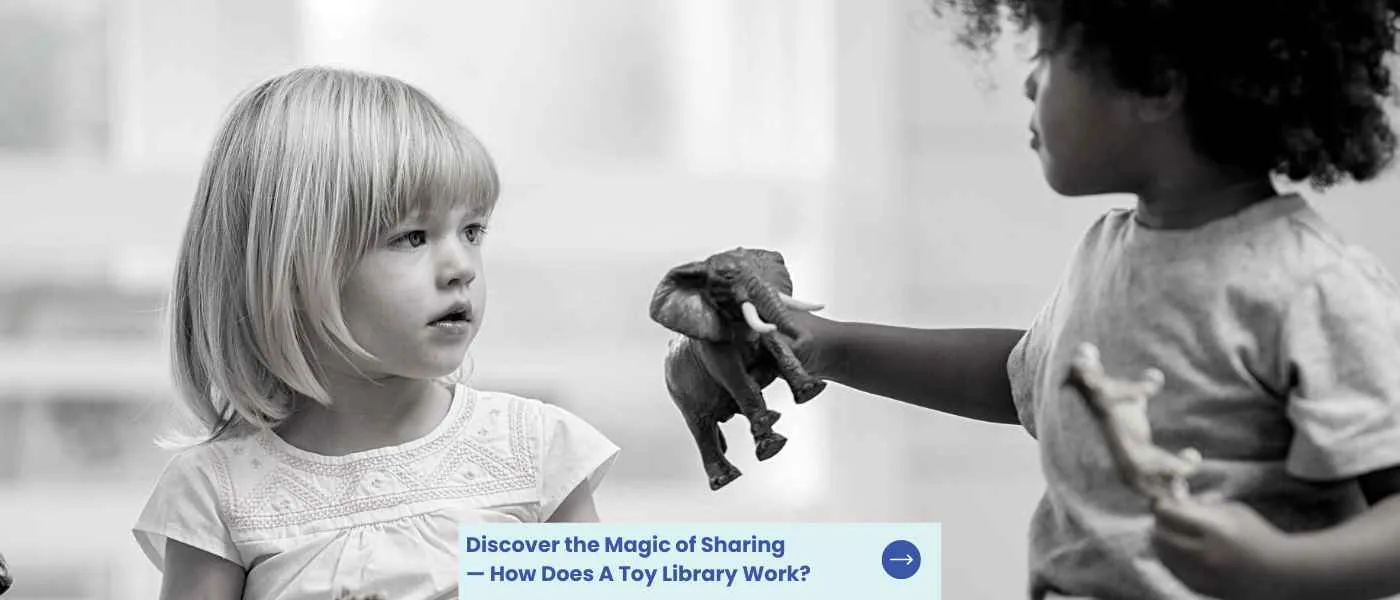Toy libraries are becoming increasingly popular as a way to bring educational toys into the hands of children who may not otherwise have access. But does a toy library work? To answer this question, it’s important to consider all aspects — from understanding the benefits and how to start one, to managing any challenges that arise and assessing its success over time. In this blog post we will explore if running a toy library is worthwhile by looking at these topics in detail.
Key Takeaways on Toy Libraries
- A toy library for younger kids can be a fun and valuable resource for families and communities, promoting play-based learning and sustainability while providing access to a wide range of toys and games.
- The number of toys you can borrow from a toy library will depend on the specific library and their policies. Most toy libraries have a limit of around 3 to 5 toys per borrower, and the borrowing period can vary from a week to a month.
- Toy libraries need to be accessible for all income levels, especially for families with older kids that have special needs.
What Is a Toy Library?
A toy library for kids is a place where children can borrow toys for a certain period of time, just like borrowing books from a library. The concept of toy libraries has been around for several decades and has become increasingly popular among parents and educators as a way to save money, encourage play-based learning and reduce waste.
Toy libraries typically have a wide range of toys, games, and puzzles available for children of different ages and interests. Some libraries may focus on specific types of toys, such as educational toys, board games, or outdoor equipment, while others may offer select toys from a more general selection.
The borrowing process at a toy library is usually quite simple. Children and parents can visit the library and choose the toys they want to borrow. They can then borrow the toys for a certain period of time, usually anywhere from one to four weeks, depending on the library’s policies. Once the borrowing period is up, all the toys used can be returned to the library and exchanged for new ones.
Toy libraries can have many benefits for children and families. They can provide access to a wide range of toys that children might not otherwise have access to, due to financial or space limitations.
Toy libraries can also encourage children to try out new toys and activities, promoting creativity and exploration. Additionally, borrowing and sharing toys from a library is considered eco-friendly and good for the environment because it can help reduce waste by allowing multiple children to enjoy the same toys and other items from the collections.
Research suggests that the types of toys children play with can significantly influence their cognitive, social, and emotional development, making it important to understand how a toy library works and the impact it can have on child development.
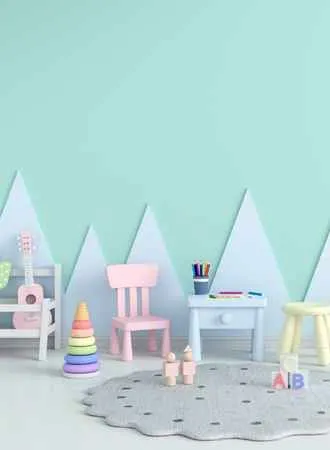
How Many Toys Can You Borrow From a Toy Library?
A toy library is a great resource for parents and caregivers who want to provide children with a variety of toys to play with, without having to spend a lot of money or accumulate clutter in their homes. The number of toys you or disabled children can borrow from a toy library will depend on the specific library and their policies.
Most toy libraries have a limit on the number of toys that you can borrow and bring to your own home at one time. This limit can vary from library to library, but it is usually around 3 to 5 toys per borrower. Some libraries may allow you to borrow more toys if you have a larger family or are borrowing for a daycare or other children facility.
The borrowing period for toys also varies from library to library. Some libraries may allow you to borrow toys for up to a month, while others may have shorter borrowing periods of a week or two. It’s important to check with your local toy library to find out their specific policies on borrowing periods and renewals.
It’s worth noting that while toy libraries are a great resource for borrowing toys, it’s important to take good care of the toys you borrow and return them to lending library in a timely manner. Most libraries will have guidelines for how to care for and clean the toys, and it’s important to follow these guidelines to ensure that the toys are in good condition for the next borrower.
How to Start a Toy Library
Starting a toy library can be an exciting and rewarding endeavor. However, it requires careful research and planning to ensure the project is successful.
Research and Planning
Before beginning any project, it’s important to do your homework. This includes researching existing toy libraries in your area or region, as well as understanding what types of toys are popular with young and older children in your target age group.
Additionally, you should consider the type of organizational structure that will best suit your needs – whether it’s a nonprofit organization or for-profit business model – and create a plan for how the library will operate on a day-to-day basis.
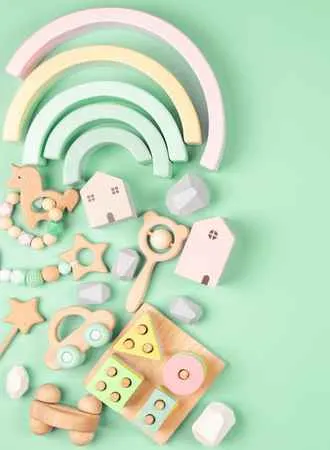
Location and Space Requirements
The location of your toy library is key to its success; you want to make sure it’s easily accessible by both members and nonmembers alike. Consider factors such as parking availability, public transportation routes nearby, proximity to schools or other child care facilities where parents may drop off their kids before visiting the library.
You also need enough space within the facility itself for storage shelves filled with toys, seating areas for reading stories aloud or playing board games together, plus desks or tables where staff can work on administrative tasks like cataloging new arrivals into the toy inventory databases.
Funding Sources
Funding sources vary depending on whether you choose a nonprofit or commercial model; however, some common options include:
- grants from local government agencies (especially if there is already an established program in place)
- donations from private individuals who support educational causes related to childhood development through playtime activities involving toys
- corporate sponsorships from companies interested in promoting their products through community outreach programs like yours
- crowdfunding campaigns via online platforms such as Kickstarter, and even traditional bank loans.
Be sure to explore all available options before making any decisions about which funding source(s) would be most beneficial for your particular situation.
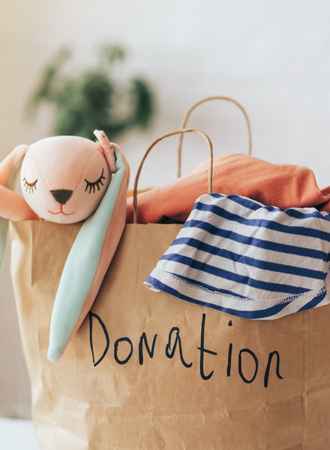
How Do You Make the Toy Library Accessible to All Income Levels?
Making the toy library accessible to all income levels is an important goal. Here are some strategies that can help:
- Many toy libraries offer memberships at a low cost or for free to families that have financial difficulties. This can be done by partnering with community organizations or through fundraising efforts.
- Accepting toy donations from members of the community can help the library expand its collection and provide more variety for all members, regardless of their income. Donations can be made in the form of new or gently used toys, as long as they are clean and safe.
- To make borrowing and checking toys affordable for families with limited financial resources, toy libraries can offer a sliding scale for borrowing fees based on income. This ensures that families pay only what they can afford, while still being able to access the toys they need.
- Many toy libraries depend on volunteers to keep operations and play sessions running smoothly. By offering a volunteer program, they can earn credits towards borrowing high quality toys for child development. This helps reduce the burden of borrowing fees for families that cannot afford to pay full price.
- Lending events and partnering with local schools, community centers, and other organizations can help spread the word about the toy library and increase its visibility. This can lead to more donations, volunteers, and potential members from a variety of income levels.
Challenges of Running a Toy Library
Here are the challenges of running your own toy library:
Maintenance and cleaning
Keeping a public library of toys clean and in good condition is essential for providing an enjoyable experience to visitors. Regular cleaning of toys, shelves, and other surfaces should be done with appropriate disinfectants or cleaners.
Toys that are broken or worn out should be removed from circulation and replaced as needed. Additionally, it’s important to have a system in place for tracking which toys need repair or replacement so they can be addressed promptly.

Staffing requirements
Depending on the size of the library, a core team may be necessary to ensure its success. Volunteers can help manage day-to-day operations such as checking out items, restocking shelves, answering questions from patrons, and organizing events.
If volunteers are not available then paid staff may need to be hired in order to provide adequate coverage during operating hours.
Storage space
Toy libraries require space for storing items when they are not being used by patrons. Shelving units are typically used, but depending on the type of toys offered at the library or store, additional storage solutions may be necessary (e.g., large outdoor play sets).
It is important that these storage areas remain organized so that items can easily be found when needed by patrons or staff members alike. You can let borrowers fill out a membership form and have the staff check if there are pieces missing when the toy is being returned.

Promoting Your Toy Library
There are different ways to promote toy libraries. Here are some of them:
Social media
Social media outreach is an effective way to promote your toy library. By creating a presence on popular social media platforms such as Facebook, Twitter, and Instagram, you can reach a wide audience of potential users.
You can post updates about new toys or events at the library, share photos of activities taking place there, and interact with friends and followers by responding to comments and questions. Use hashtags related to educational toys or local libraries in order to increase visibility for your posts.
Community centers
Community partnerships are another great way to spread the word about your toy library. Reach out to nearby schools and daycares who may be interested in having their students visit the library or borrow materials from it. Partnering with other organizations that serve children in your area will help get more people involved with what you’re doing and potentially bring in more patrons for the library.
Advertising
Advertising strategies should also be employed when promoting your toy library. Consider placing ads in local publications, newspapers or magazines that target parents of young children; this will help ensure that those who would most benefit from using the facility are aware of its existence and offerings.
You could also create flyers or brochures outlining all creative toys that the toy library has to offer which could then be distributed throughout town at places like grocery stores or doctor’s offices where parents often frequent with their kids.
Assessing the Success of Your Toy Library
Here’s how you assess whether your toy library is a success or failure:
Track usage
Tracking usage rates is a great way to assess the success of your toy library. By tracking how often different toys are checked out, you can get an idea of which items are popular and which ones may need to be replaced or removed from circulation. Additionally, this data can help inform decisions about what types of new toys to add in the future.
Collecting feedback from users
Gathering feedback from users is another important part of assessing the success of your toy library. This could include surveys, interviews, or focus groups with parents and children who use the library regularly.
Ask questions about their experience using the library, such as what they like most about it and what suggestions they have for improvement. This information can provide valuable insight into how well your toy library is meeting its goals and objectives.
Financial performance
Evaluating financial performance is essential when assessing the success of your toy library. Track income sources such as grants, donations, late fees, membership fees and any other revenue streams that support operational costs like staffing salaries or maintenance expenses associated with running a successful program.
Analyzing these numbers will give you an understanding of whether or not your own toy collection and library is financially sustainable over time.
FAQs on Toy Lending Libraries
What type of service is a toy library?
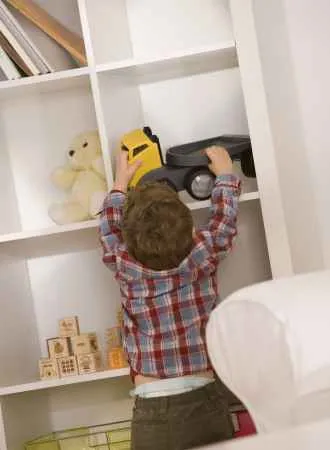
A toy library such as the Minneapolis Toy Library is a service that provides access to toys for children. It typically offers memberships, allowing parents and caregivers to borrow toys from the library’s collection. Toy libraries often have educational materials such as books, puzzles, games and more available for borrowing.
They may also offer special events or classes related to play-based learning activities. The goal of a toy library is to provide an affordable way for families to enjoy quality playtime with their children while helping them learn through exploration and discovery.
How does a toy exchange work?
A toy exchange is a way for people to trade toys with each other. It typically involves two or more individuals who have an agreement to swap their respective items. The process usually begins when one person offers up a toy they no longer want in exchange for something else that the other person has.
Both parties must agree on the terms of the exchange of purchase toys before any transaction takes place. Once both parties are satisfied, they can proceed with exchanging their toys and enjoy playing with something new!

